If you are a beginner when it comes to building a studio light kit, it can be easily intimidating, especially with the number of stuff you have to know. Plus, with all the choices and features of what you can add to your kit, it’s enough to make your head spin.
Daylight makes for the best lighting for photography. However, available light can only be controlled to a certain degree and isn’t always there. In this case, shooting in a studio with the best lighting kit would be a game-changer.
And while the options can be endless, choosing the right studio light kit doesn’t have to be complicated. This article should guide you on what to get for lighting equipment rental or if you want to build your light kit.
Table of Contents
Types of Light Sources to Consider for Your Kit
Whether you are a professional or a hobbyist or looking for lighting equipment for film or events, it is essential to understand that light is a crucial part of how your photos will come out. You can quickly gain extra lighting to create stunning images from a lamp or a window. But if you want a professional lighting kit, here are some light options you’d want to consider.
1. Continuous Light (Hot light)
Continuous light is mainly used in still life and product photography, as well as in videos. Thus, it would be a significant part of any lighting equipment for food photography. The primary benefit of this kind of light for your kit is how easy it is to visualize how the light will show in your scene before you start shooting, thus letting you adjust the lighting instantly.
Because this type of studio light kit is easy to manipulate manually, it is also ideal for beginner use. Plus, it is very cost-efficient compared to their lighting kits as well.
Continuous light kits can either have LED, tungsten, or fluorescent lighting bulbs. These three common types of light bulbs offer excellent results in photography, so choosing one will primarily depend on your personal preference.
Fluorescent, however, is the most common bulb used in this type of studio light kit as it is easy to find and doesn’t overheat.
2. Speedlight (Flashgun)
Speedlight or flashguns are small lights placed on top of the camera. It’s very portable, although its versatility is very limited to its power output and size. This type of light is used along with softboxes and umbrellas to help disperse light. Speedlights are an excellent addition to your lighting equipment for film. It is also best used for product shots and action shots, which makes it ideal as part of lighting equipment for events as well.
Because of the portability and very lightweight, speed lights can make excellent alternatives if you want to set up on-the-go photography studios.
3. Strobe Light
A strobe light is a piece of dedicated flash equipment that includes reflectors, power sources, and stands. It is also often called as moonlight or monobloc. The primary advantage of using this type of lighting in the studio is they don’t require any additional power generator as everything is inside the head of the lamp already.
Each strobe moonlight usually has 150 watts or more, making them bright enough to provide excellent lighting to subjects.
And while they are incredibly versatile, strobe lights are often used in studio photography, especially in shooting models and products. Thus, it would be a significant part of every lighting equipment for food photography.
Light Functions That Should Be in the Kit
Aside from the type of lights you have to choose from, and whether you are looking for lighting equipment rental or building your studio light kit, you also need to consider getting more than one light source. This way, you’ll have sufficient lighting when you need it.
Here are some light functions to give you more versatility in your studio lighting setup.
1. Key Light (Main Light)
This type of light is the first part of your studio lighting kit, which will be shaping your subject. This light function in your equipment will usually be the most prominent and the brightest light.
2. Fill Light
This light function weakens the amount or intensity of shadows produced by your key light. It’s essential to use fill light along with the primary lighting to decrease the overall contrast when shooting.
3. Backlight
Backlights or rim lights are what its name implies. It provides lighting from behind your subject, which helps separate whatever you are photographing from the background. You can also use this light function in a particular position where there’s only a small amount of light that is visible on the edges of your subject.
4. Hair Light
This light function is an excellent addition to any lighting equipment for portrait photography. You can use hair lights to emphasize the hair or level up the exposure of the head of your model if it blends into your background.
5. Ambient light
Ambient light is any light that exists before adding any other light source to the mix. It is daylight when you are shooting outside or the lighting from the window.
Modifiers and Light Shaping Tools for Your Studio Light Kit
When it comes to lighting equipment, you also have to include modifiers or light shaping tools in addition to your lights. The light modifier is a unit that improves the lighting in your photos, highlights the subject in a scene or flatter the subject, and soften any harshness in the landscape.
Softboxes
Softboxes are light modifiers that spread light evenly. You usually place them exceptionally close to the subject, and you can purchase it in various sizes and shapes. Most photographers use round softboxes to leave a round catchlight in the eyes of the model for portrait photography.
Strip Boxes
Strip boxes are similar to softboxes, although it features a shape with long and narrow rectangles. This unique feature allows it to produce a much slimmer beam of light, which is ideal for providing lighting to the subject from behind.
Octaboxes
Octaboxes is another modifier that is quite similar to softboxes, although it has a definite octagonal shape. They are often large and make excellent modifiers for photography.
Reflective Umbrellas
Reflective umbrellas come in white, silver, or gold, which can be attached to your moonlight or strobe light. White options work to diffuse your light source or spread the amount of light from your source further.
The silver and gold reflective umbrellas, meanwhile, allows the light to bounce back into the scene from inside the umbrella. Gold reflective umbrellas offer a warm hue to the photos while the silver option adds impressive highlights.
Translucent Umbrellas
Compared to reflective umbrellas, translucent umbrellas work as a light modifier by diffusing the light, softening it without being directional like other modifiers.
Collapsible Reflectors
Collapsible reflectors work the same way that reflective umbrellas do. You can use this modifier to fill in the shadows produced by your primary light source, without using another dedicated light source.
Flags
While other light modifiers work in eliminating shadows, a flag is utilized in photography to block the light in parts of your scene where you don’t want any light in it. It’s a great addition to your lighting equipment for portrait photography when you want to underexpose certain parts in close portraits.
Studio Accessories to Include in Your Light Kit
Your studio lighting kit will not be complete without the necessary accessories. Here are some utilities that you should never forget when choosing complete photography lighting equipment.
Light Stands
Sometimes, you can buy lighting kits that come with light stands. But mostly, you have to purchase the light stand separately. When it comes to that, you have to consider several features for your light stand, such as its capacity to hold the weight of the lamp heads you plan to use.
You have to account for the light shaping accessories that you might attach to it along with the lamp heads as well. Speedlights will require less support compared to dedicated strobe lights.
Dolly
A dolly is simply a light stand but features some wheels, which makes it more comfortable to transport or place wherever you need to. Especially if you have heavy lighting equipment, a dolly might offer a convenient when setting up your lighting before shooting compared to a traditional light stand.
Boom Arms
Boom arms come very handily for when you require ample light over your subject. It is still a light stand but will offer you a better position to provide lighting precisely where you want it. It can reach much higher places or specific angles that a traditional light stand couldn’t.
Flash Meter
Cameras come with a flash meter. However, that camera feature can’t read precise flash exposures. All you get from it is an estimated one on the LCD screen. However, having a flash meter will give you a 1/10 accuracy on flash exposures, which is very useful, especially in studio still life and portrait photography.
Backdrop
A backdrop or background is another accessory to complete your lighting kit. You can use a range of things like paper to vinyl rolls or painted canvass or decorated walls.
Features to Look for in the Right Studio Light Kit
There are a lot of parts, equipment, and accessories in a studio lighting kit that choosing the best one can be a bit confusing at times. But whatever kind of lighting kit you want to purchase, make sure that you get the best run for your money and something that will serve your photography needs.
Here are some features that you should look for when buying lighting equipment for your studio.
Photography Experience Level
One of the first considerations you have to take into account when choosing the best studio lighting kit is your experience level as a photographer and how far or dedicated you are in this field.
If you are still a beginner and only intend to take photography as a hobby, a basic lighting kit would not. But for experienced photographers that want to make a business from their craft, it is recommended to get higher-end packages.
Wattage
When you’ve decided your preferred light source, whether you’ve chosen a continuous light, flash, or strobe light, you need to consider next the wattage that your lighting system will offer. Higher wattage will produce high amounts of light.
The most common wattage used by most photographers in their lighting setup is anything between 500 watts to 750 watts. This amount of light combined with bouncers and reflectors is enough for optimal lighting to produce excellent quality photos.
Lighting Control / Intensity
Especially if you are an experienced photographer, you’d know how critical it is to have accurate control over your lighting. Different lighting setups offer a varied amount of power. But, if you are not sure what level of lighting control you need or you’re new to all of it, then it would be best to go with the more basic setup.
Light Source Temperature
Aside from the wattage that your lighting source can offer, it is also critical to consider the temperature of the light source. As much as possible, it has to close, if not 100%, imitate natural light, which is around 5500 Kelvin, and is considered the best type of lighting for photography.
Recycling Time
Recycling or recharge time is the amount of time or the downtime that the strobe needs to recharge itself to get ready and running for the next shot. As much as possible, get lighting equipment that has the lowest recharge time to prevent any wasted time in between your shoots.
Portability
Portability in your lighting kit is a convenient feature to have if you are planning to do photoshoots outside of your home or studio. Some lighting kits can weigh as much as 50 pounds or more, which are not very easy to transport compared to a more portable system, which usually weighs just around 10 pounds. So, if you want to get a photography lighting equipment for events, do consider both portability and weight.
Conclusion
Before buying any photography studio light kit, it is essential to determine your purpose for the equipment. Different kinds of lighting offer different purposes and use. Studio lighting may require a different setup from outdoor lighting. Also, shooting videos need different light, something that us steady, compared to shooting photos, which will likely require flash.
Ultimately, you need to choose the right studio light kit based on your photography requirement.

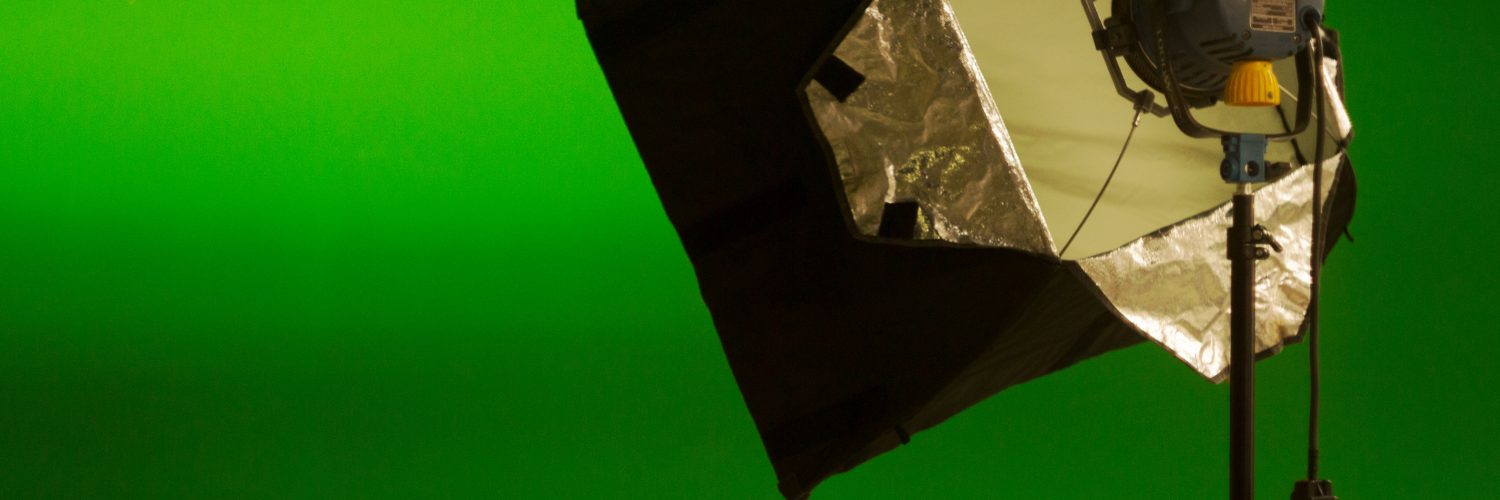
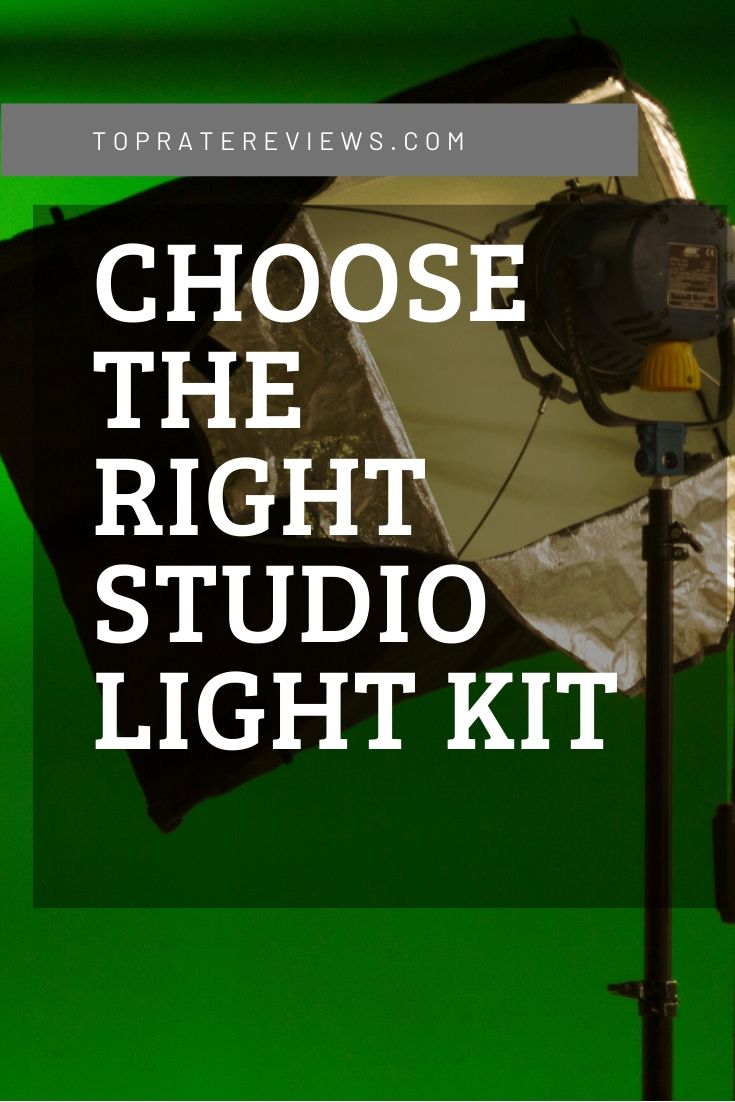
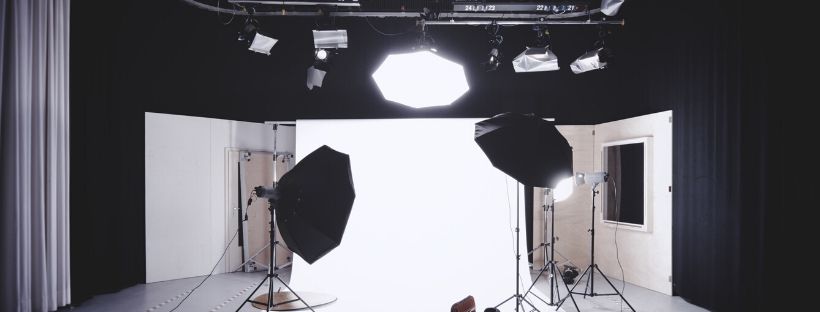
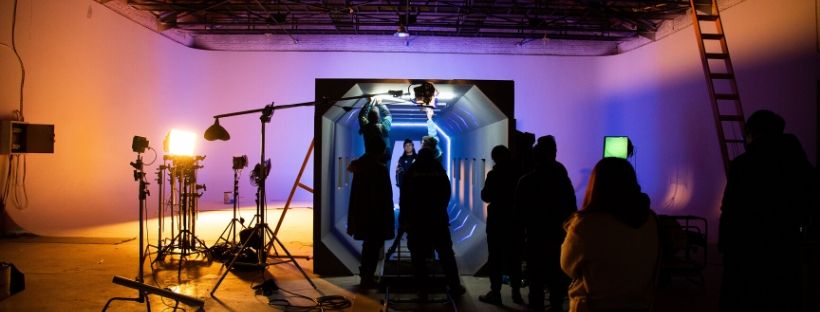
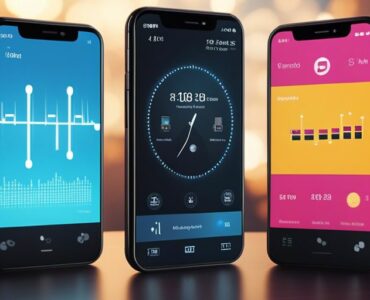
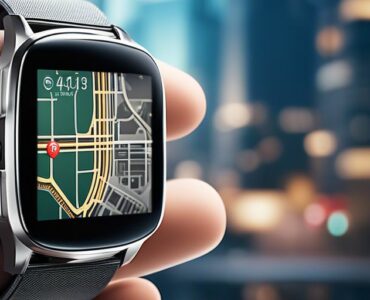
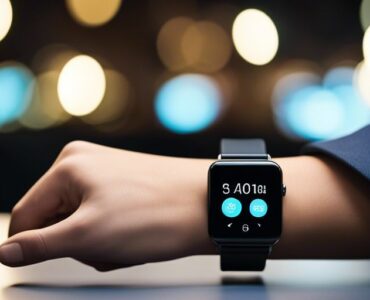





Add comment